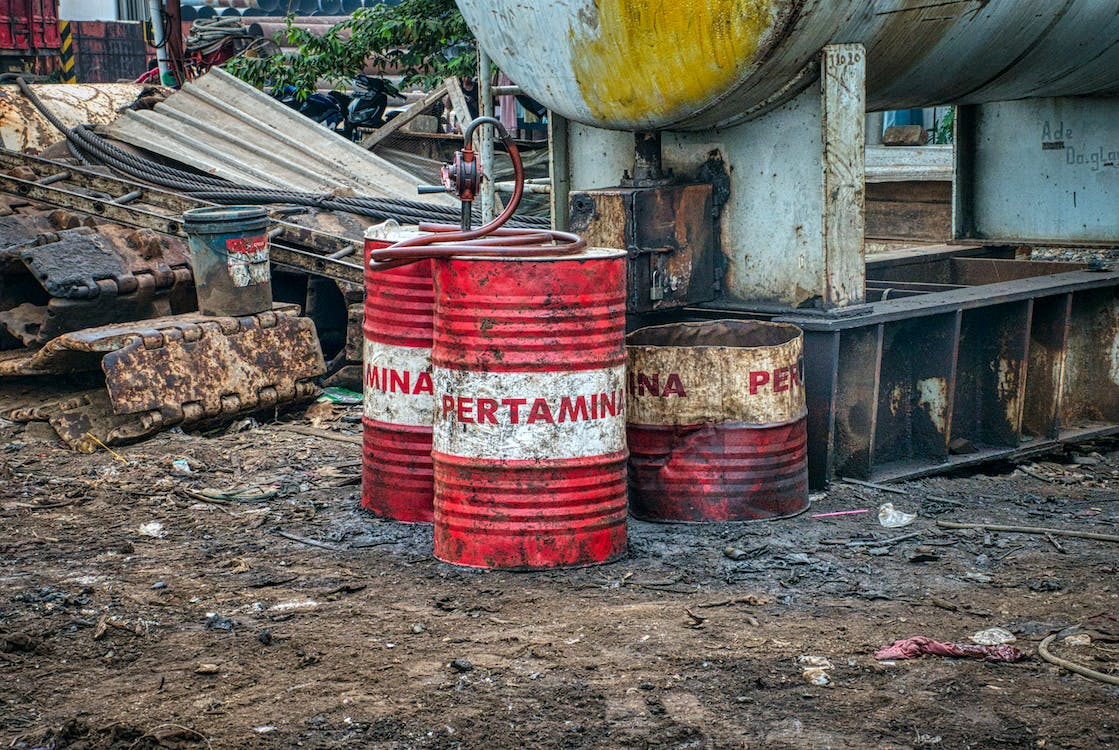If you constantly find yourself handling or working around hazardous materials, you probably already know how to protect yourself using PPEs. However, it shouldn’t stop there. A big part of protecting yourself and those around you also involves ensuring that the remnants of potentially hazardous materials are safely stored before being disposed of safely.
This is more so if you work in the construction industry, where you might occasionally generate waste materials or contents such as silica dust, formaldehyde, lead, toxic solvents, and even tokens of radioactive elements like thorium and uranium.
Read on for some invaluable tips on how to store hazardous materials safely before disposal.
1. Choose the Appropriate Sealable Container for Each Hazardous Material
Choosing the appropriate sealable container for each hazardous material is essential to ensure safety. Having separate containers according to material type prevents mixing, while also making it easier to identify and dispose of properly.
For example, paint cans are best suited for solvent-based materials like car fluids, while thick plastic drums tend to better suit the storage of heavier items such as liquids or chemicals. For ferrous and non-ferrous metals, you’ll also need compatible containers such as steel drums and plastic respectively.
Storing your materials in sealable containers can help prevent potential problems like leakage, moisture reaction, and the mixing of hazardous materials!
2. Avoid Mixing Different Types of Materials in the Same Container
Mixing different types of chemicals in the same container can be highly dangerous, and should be avoided at all costs. You don’t need a degree in chemistry or physics to know that some chemical compounds (liquid or solid) could cause unsafe reactions when they come into contact.
For instance, used acids, paints, and other solvents could cause unpleasant reactions when they come in contact with metals like sodium and its kind in the waste pile. Storing each type of hazardous material in its own designated containers also prevents cross-contamination and hazardous leakage, which may occur when incompatible materials mix.
3. Store Hazardous Materials Away from Dangerous Temperature Extremes
If you’re dealing with hazardous waste materials, it’s also important to store them away from dangerous temperature extremes. Some materials can be extremely reactive and volatile when exposed to extreme heat or cold.
For instance, acids are particularly susceptible to temperature changes, which can cause violent reactions that may result in explosions or spills of toxic contaminants into the local environment.
When dealing with materials such as oils, fuels, and chemicals, it’s best practice to store them in designated areas where temperatures remain within a safe range at all times. For some of them, it’s even safer to choose a space that’s cool and away from direct sunlight – awaiting disposal by an appropriate processing company.
4. Label Hazardous Waste Items Carefully
When in storage, hazardous materials should also be properly labeled. This allows for quick identification of the materials when needed, while also alerting handlers so they can take measures to protect themselves.
For example, adding labels like “acid” or “organic”, so people know what they are working with before coming into contact with it.
5. Keep Track of Hazardous Waste Stored
Last but not least, it’s also crucial to have an up-to-date tracking system that records all incoming and outgoing hazardous material. This should include crucial information like the date shipped, type of material stored, quantity, and any other important details related to the safe storage and disposal of hazardous waste.
Tracking helps ensure safety as well as compliance with set regulations, while also ensuring that the material is disposed of in a timely and responsible fashion. For instance, it’s easy to ensure compliance regarding how much hazardous waste you can store, and for how long without violating the law.
With the few tips above in mind, it’s easy to keep hazardous waste from your home or worksite safely stored before calling the disposal company.

